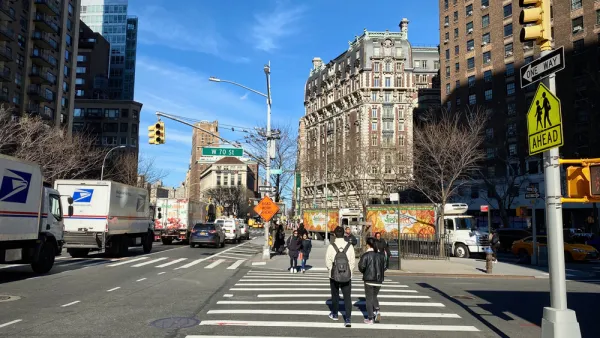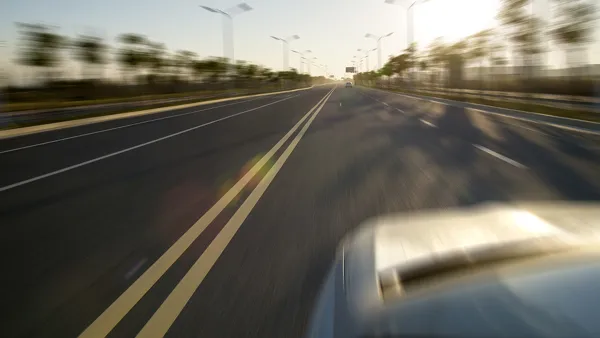Speeding is paying-off in the amount of $15 million for Seattle area schools thanks to speed-enforced cameras, a proven but nonetheless controversial traffic safety tool. Revenue will be used to make walking safer under a proposal by Mayor McGinn.
Seattle Times transportation reporter Mike Lindblom writes that the $14.8 million "would be spent to build safer passages for children walking to more than 20 schools". Facilities would include pedestrian bulb-outs, amber warning lights and speed humps to slow vehicles. What's more, motorists should expect to see more of these cameras.
The Road Safety Initiative would increase four existing speed-enforcement cameras to a possible 15 cameras, where motorists who exceed 20 mph before and after school would be fined $189. About 30 percent of income goes to operate and install the cameras, and city staff to design and oversee walking-safety programs.
The cameras are proving to benefit the drivers as well, notwithstanding the $189 fine. As Councilmember Nick Licata notes in Council Connection, "Ninety-six percent of all violators who have paid their tickets, have not gotten another violation. This is proof that these speed cameras are working to change driver behavior."
Unlike traditional "Safe Routes to School" projects that improve walkablility for schools, Seattle's Road Safety Initiative had a dual focus, exemplified by Dearborn Park Elementary School, writes Lindblom. "New sidewalks were built on one side of South Orcas Street recently, and speed cameras are proposed next year."
The effectiveness of these cameras has not gone unnoticed elsewhere, particularly when it comes to school traffic. Streetsblog Editor-in-Chief Ben Fried wrote last month that "(New York City) Mayor Bloomberg joined Transportation Commissioner Janette Sadik-Khan and NYPD Chief of Transportation James Tuller outside a Crown Heights high school this morning to announce the impending launch of the city’s first automated speed enforcement program." New York speeders will get a break in comparison to their Seattle counterparts - fines will only be $50. No mention of how the revenue will be spent.
Motorists have been know to fight these cameras as they suspect that city government may be using them mainly as revenue measures, as we noted last month in Ohio. The same problem manifests itself with the more common red-light cameras.
FULL STORY: Seattle to step up pedestrian safety near schools

National Parks Layoffs Will Cause Communities to Lose Billions
Thousands of essential park workers were laid off this week, just before the busy spring break season.

Retro-silient?: America’s First “Eco-burb,” The Woodlands Turns 50
A master-planned community north of Houston offers lessons on green infrastructure and resilient design, but falls short of its founder’s lofty affordability and walkability goals.

Delivering for America Plan Will Downgrade Mail Service in at Least 49.5 Percent of Zip Codes
Republican and Democrat lawmakers criticize the plan for its disproportionate negative impact on rural communities.

Test News Post 1
This is a summary

Test News Headline 46
Test for the image on the front page.

Balancing Bombs and Butterflies: How the National Guard Protects a Rare Species
The National Guard at Fort Indiantown Gap uses GIS technology and land management strategies to balance military training with conservation efforts, ensuring the survival of the rare eastern regal fritillary butterfly.
Urban Design for Planners 1: Software Tools
This six-course series explores essential urban design concepts using open source software and equips planners with the tools they need to participate fully in the urban design process.
Planning for Universal Design
Learn the tools for implementing Universal Design in planning regulations.
EMC Planning Group, Inc.
Planetizen
Planetizen
Mpact (formerly Rail~Volution)
Great Falls Development Authority, Inc.
HUDs Office of Policy Development and Research
NYU Wagner Graduate School of Public Service




























